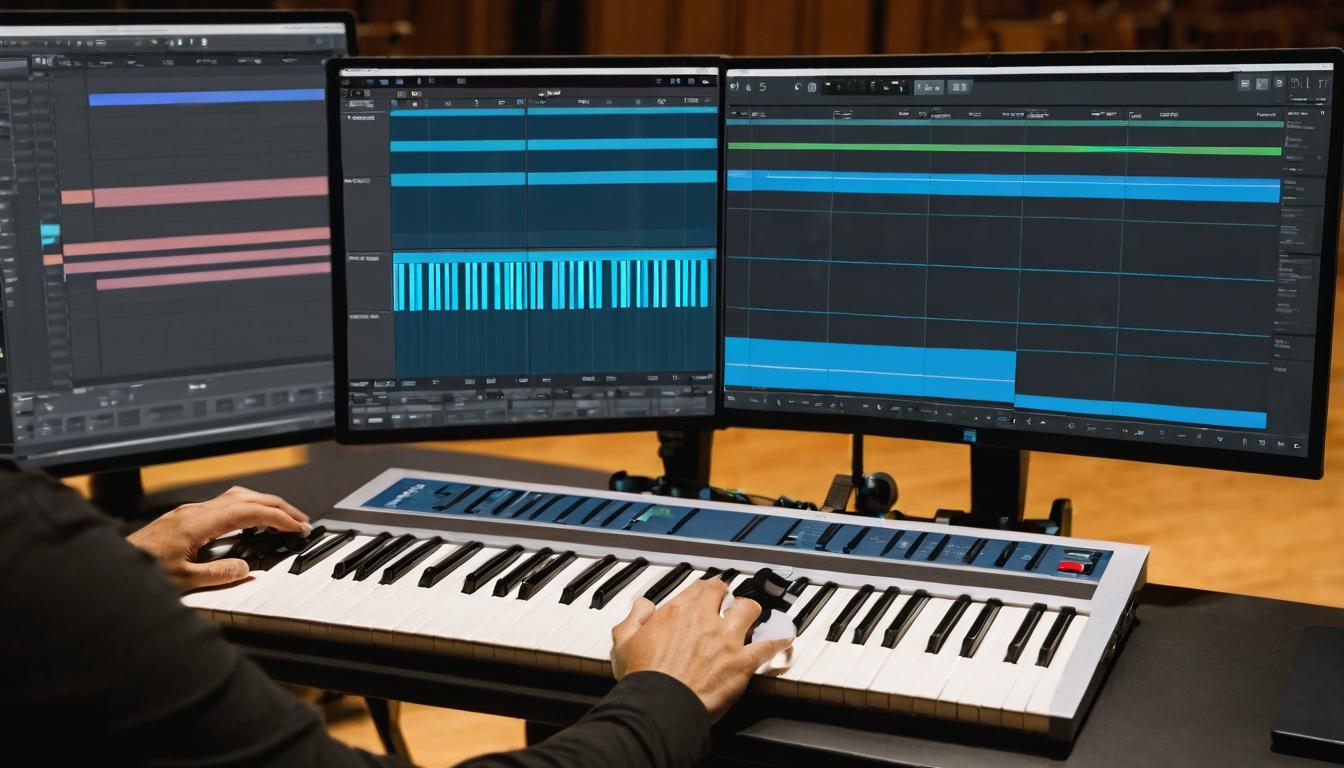The film scoring landscape is undergoing a seismic shift, one that's happening largely out of public view. While audiences marvel at the latest blockbuster soundtracks, a quiet revolution is unfolding in scoring studios worldwide. Composers who once relied solely on orchestras and traditional instruments are now embracing technologies that would have seemed like science fiction just a decade ago.
Artificial intelligence has moved from theoretical concept to practical tool in the composer's arsenal. Rather than replacing human creativity, AI systems are serving as collaborative partners, generating melodic ideas, suggesting harmonic progressions, and even helping composers break through creative blocks. The technology isn't about creating music by algorithm—it's about augmenting human imagination with computational power that can process thousands of musical possibilities in seconds.
Virtual orchestras have reached a level of realism that challenges even trained ears. Sample libraries now capture the subtle imperfections that make acoustic performances feel alive—the slight variations in bow pressure, the breath between phrases, the natural decay of a room's acoustics. What began as a cost-saving measure for indie filmmakers has evolved into a sophisticated art form, with composers blending virtual and live instruments so seamlessly that the distinction becomes irrelevant to the emotional impact.
Remote recording sessions have transformed how film music gets made. During the pandemic, composers discovered they could record musicians in different cities, countries, even continents, all performing together in real time. This unexpected necessity has become a permanent feature of the industry, allowing filmmakers to access specialized musicians regardless of geography and creating unprecedented creative collaborations across time zones.
The democratization of scoring tools has lowered barriers for emerging composers. Where once a film score required access to expensive studios and large ensembles, today's composers can create professional-quality music with equipment that fits in a backpack. This accessibility is fostering new voices and diverse perspectives in film music, challenging established conventions and bringing fresh approaches to storytelling through sound.
Streaming platforms are changing how film music is consumed and discovered. Listeners now treat soundtracks as standalone listening experiences, creating demand for scores that work both as narrative support and as independent musical works. This dual-purpose expectation is influencing how composers approach their craft, creating music that must serve the film while also standing on its own artistic merits.
Video game scoring techniques are increasingly influencing film music. The interactive nature of game scoring—where music must respond to player actions—has inspired film composers to think more dynamically about how music interacts with narrative. The result is scores that feel more integrated with the visual storytelling, with musical themes that evolve more organically throughout a film's emotional arc.
Sustainability concerns are driving innovation in scoring practices. The carbon footprint of flying musicians and equipment around the world has prompted the industry to reconsider traditional approaches. Digital alternatives aren't just about convenience or cost—they're becoming ethical choices that allow composers to create ambitious scores without the environmental impact of extensive travel and physical production.
The relationship between directors and composers is evolving in this new landscape. With more tools at their disposal, composers can present directors with multiple versions of a scene's music, experimenting with different emotional tones and narrative approaches. This collaborative flexibility allows for more nuanced storytelling, with music becoming a more integral part of the filmmaking conversation from earlier stages of production.
Audience expectations are shifting as technology raises the bar for what's possible. Viewers now expect film scores to be both emotionally resonant and technically sophisticated, creating pressure for composers to master both traditional musical skills and cutting-edge production techniques. The most successful composers today are those who can bridge these worlds, creating music that feels both timeless and contemporary.
Looking ahead, the boundaries between different musical roles are blurring. Composers are increasingly involved in sound design, while sound designers are incorporating musical elements into their work. This convergence is creating more cohesive audio experiences where music, sound effects, and dialogue work together as a unified sonic landscape rather than separate elements.
The future of film scoring isn't about choosing between technology and tradition—it's about finding the perfect balance between them. The most compelling scores emerging today honor the emotional depth of classical composition while embracing the creative possibilities of modern tools. This synthesis represents not just an evolution in technique, but a fundamental shift in how we think about music's role in visual storytelling.
The hidden revolution in film scoring: how technology is reshaping movie music

